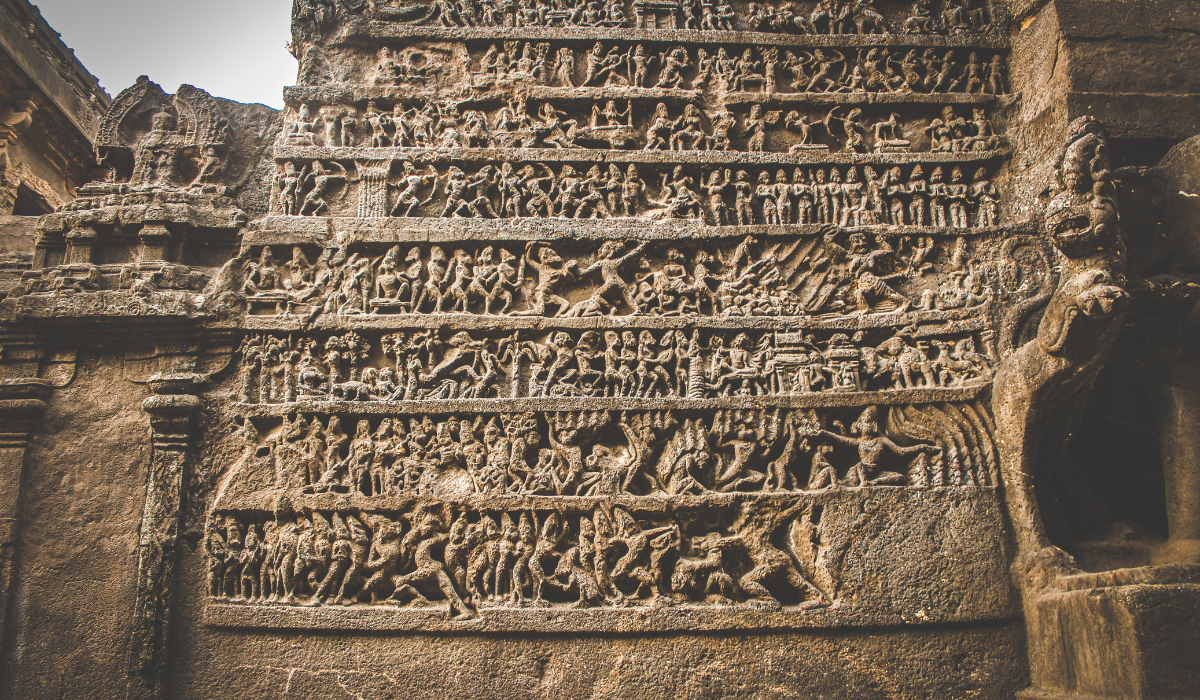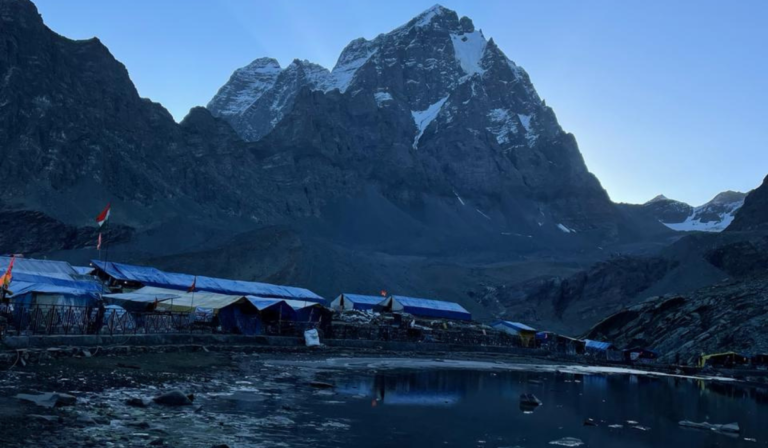Unveiling Civilizational Foundations
Civilization generally refers to an advanced stage of human social development marked by complex cultural, economic, and technological systems. It is a term often used to describe societies that have achieved a high level of organization, including urbanization, agriculture, writing systems, and various forms of governance. Key
Characteristics of a Civilization include:
- Urbanization: Civilizations are characterized by the development of cities as central hubs of economic, political, and cultural activity.
- Agriculture: The transition from a nomadic, hunter-gatherer lifestyle to settled agricultural communities is a crucial aspect of civilization. The ability to cultivate and produce food surplus allows for population growth and the establishment of permanent settlements.
- Writing Systems: Many civilizations developed written languages, which enabled the recording and transmission of information, laws, literature, and cultural traditions.
- Technology: Civilizations often show advancements in technology, including tools, infrastructure, and other innovations that contribute to societal progress.
- Specialized Labor: The division of labor into specialized roles and professions is a hallmark of civilizations. This allows for the development of expertise in various fields.
- Complex Social Structures: Civilizations tend to have hierarchical social structures, with defined roles for rulers, priests, artisans, farmers, and other social groups.
Civilization that develops in a particular area is limited by its geographical features which also dictate its development, sustainability, and characteristics. The interaction between civilizations and geography is dynamic and reciprocal. While civilizations shape the landscape through their activities, geography also constrains and influences their choices and development trajectories. This interplay is essential for understanding the historical and contemporary dynamics of human societies and their impact on the environment.
Here are some of the key aspects of the interaction between civilization and geography:
Settlement Patterns
The physical geography of a region, including its topography, climate, and water sources, influences where people settle. Civilizations often establish their core cities and settlements based on factors such as proximity to rivers, fertile land, and favorable climatic conditions.

Similarly, the growth of population within a civilization may lead to the expansion of settlements and migration to new areas, resulting in changes to the distribution of population and settlement patterns. The expansion of civilizations often involves the establishment of political boundaries and territorial claims. Wars, conquests, and migrations can also reshape the geopolitical landscape and redefine the boundaries of regions.
Ecological interactions
The geography of an area plays a crucial role in determining the ecological interactions between a civilization and the surrounding environment. Civilizations depend on the environment for essential resources such as water, food, and raw materials. The availability of arable land, the presence of rivers for irrigation, and climate conditions all impact the type of crops that can be grown. For example, civilizations in river valleys like the Nile or the Tigris and Euphrates were able to develop advanced agricultural systems.

Civilizations may also undertake large-scale environmental modifications to support their activities. This can involve activities like agriculture, urbanization, and infrastructure development such as the construction of dams, canals, and other infrastructure projects that can reshape the natural flow of rivers and affect water systems.
Trade and Transportation
Proximity to natural resources, including minerals, forests, and waterways, influences a civilization’s economic activities. Accessible trade routes, such as rivers, seas, and later, roads, have historically facilitated the movement of goods. Leading to the development of trade networks and economic prosperity.

Civilizations engage in trade activities that create networks connecting regions. The establishment of trade routes, ports, and transportation infrastructure can transform the geography of a region by facilitating economic exchange and cultural interaction.
Cultural Identity
The physical features of the landscape often become integral to the cultural identity of a civilization. Mountains, rivers, and other prominent landforms may hold symbolic significance and play a role in the religious or mythological beliefs of the people. Civilizations located at crossroads of trade routes or in areas with diverse geography often become cultural melting pots. This facilitates the exchange of ideas, technologies, and cultural practices through a process known as cultural diffusion. Cities situated at strategic points may become centers of cultural exchange and innovation.

Civilizations also contribute to the creation of cultural landscapes that include heritage sites, sacred places, and traditional practices. These elements shape the identity of the region and influence its cultural geography. The construction of cultural and architectural landmarks, such as temples, palaces, and monuments, contributes to the cultural identity of a civilization and may influence the physical appearance of the landscape.
Explore the symbiotic relationship between a civilization’s cultural identity and the physical landscape, where the unique features of the terrain become integral elements defining and shaping the essence of the society.







